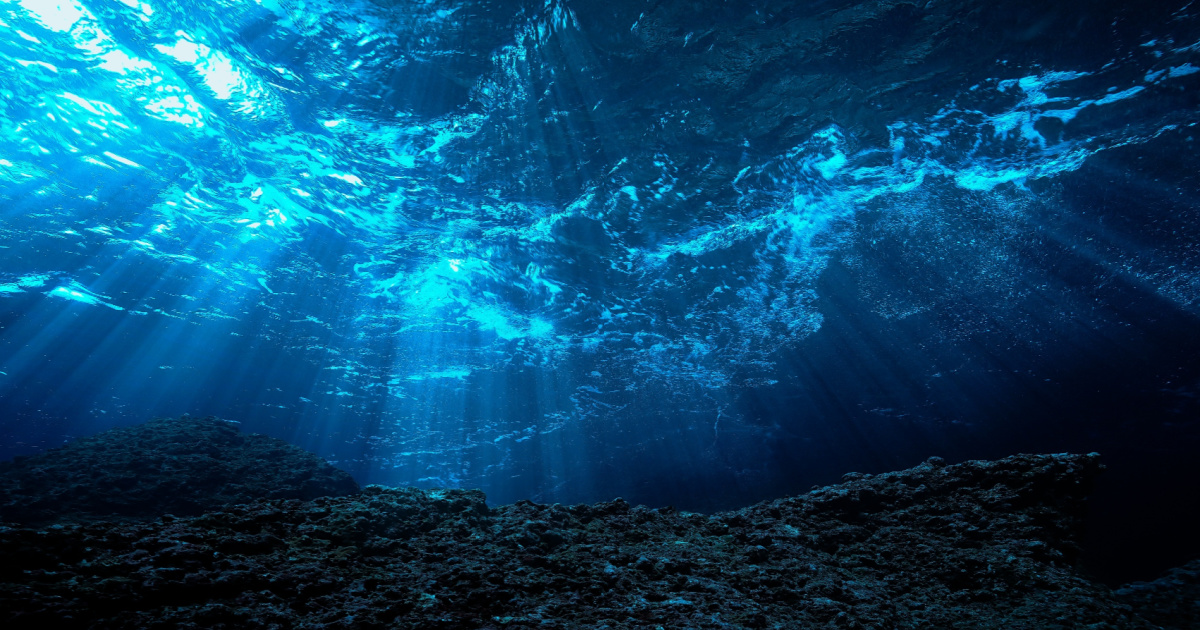
Space might be the last frontier, but when it comes to inaccessible mysteries, the oceans right here on Earth have plenty of their own.
Now that we require so much energy now – and so many batteries – we’re desperate for more sources of metals like lithium to make them.
Scientists say we have plenty…they’re just miles down beneath the ocean.
That said, deep-sea mining comes with more than its fair share of pros and cons.
Transporting manganese nodules from the seabed to the surface is no simple task, and the proposed method involves using deep-sea vehicles to dislodge the nodules before scooping them up and sending them topside via pipes.
The plume could have unknown impact, though, as well as the potential for dust storms that could choke small organisms on the seabed.
Dr. Michael Clarke has spent years working on environmental impact assessments for just these scenarios.
“These particles could feasibly clog the feeding apparatus of these organisms for an area spanning hundreds of square kilometers from the point where the plumes generated.”
They are busy testing what might and might not be feasible in the near future.
“What we’re actually finding when we go out there and do the tests is that the sediment goes into the vehicle and comes out the vehicle, forming what we call a turbidity flow. It behaves more like a liquid than a gas and doesn’t rise much more than 2 or 3 meters [6.6 to 9.8 feet] above the back of the collector. So, it doesn’t create the huge dispersive plumes that would be required for the sediment particles to travel hundreds of square kilometers and impact organisms over a huge area.”
The tests, however, have shown the plume generated at the midwater is very diluted.
“You only have to get a few hundred meters away for it to dilute around 1,000 times and to become really hard to even find the sediment. So, we really don’t think there’s much potential for these midwater sediment plumes to spread out over large areas either.”
The Centre for Biological Diversity doesn’t agree, though, stating that sensitive ecosystems will suffer “inevitable harm.”
37 financial institutions have released a joint statement urging governments to not proceed until the risks are fully assessed.
That said, we know how people are about progress, and we don’t currently have enough metals in circulation to supply enough energy transition metals.
The source metals have to come from somewhere, says Clarke.
“I’ve been implementing an environmental impact assessment like you would do for any mining project. The only difference is that this one is in the middle of the Pacific Ocean, a five-day sail from the nearest port at a depth of 4000 meters.”
The depth actually helps, in some ways, since there is very little life there to worry about – especially compared to mining somewhere like a rainforest, where there are multiple and vulnerable ecosystems at play.
So, that can’t be compared easily to microorganisms.
“A lot of people have a real misconception of what the seabed looks like at 4000 meters depth. There is life down there, there’s no doubt about it, but it’s not as abundant as is often portrayed.”
The seabed floor will also recover far more quickly than the rainforest.
Also, a 2020 study found that using nodules puts 94% less sequestered carbon at risk and reduces emissions by around 80%, depending on the specific metal.
“90% of the world’s exploration contracts for nodules are in the Clarion-Clipperton Zone, which represent less than half of 1 percent of the global seafloor.”
And the store of metals down there seems to be massive.
“…this represents the largest source of manganese, nickel, and cobalt, anywhere on the planet and that dwarfs everything on land by many orders of magnitude. There are enough metals at two of the sites that would satisfy the needs to 280 million cars, which represents every car in America, or a quarter of the world’s vehicle fleet.”
Basically, those little nodules could pack a big punch – potentially of radiation as well – and most people think fully understanding it before bringing them up here is a good idea.
I can’t say I blame them.
If you think that’s impressive, check out this story about a “goldmine” of lithium that was found in the U.S. that could completely change the EV battery game.